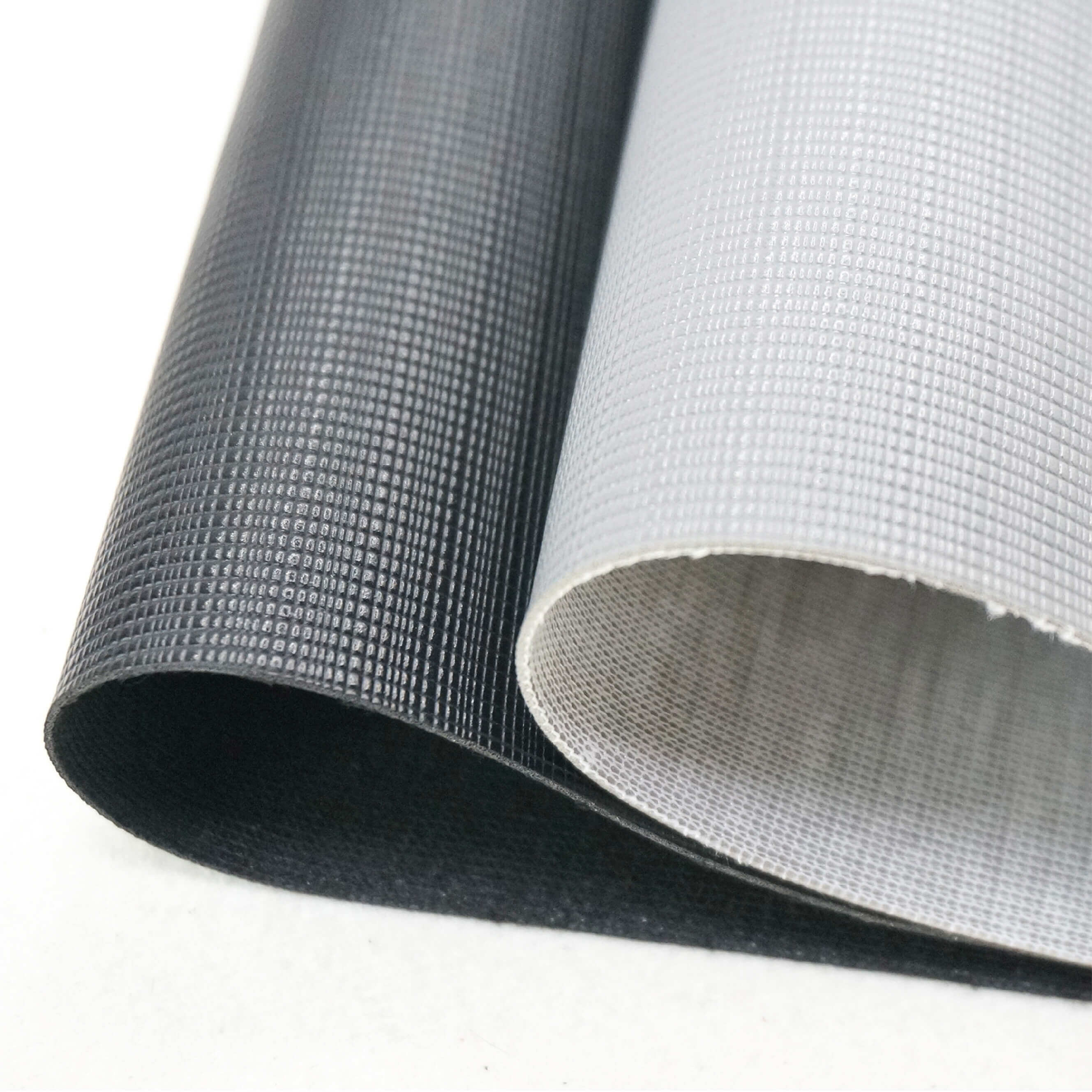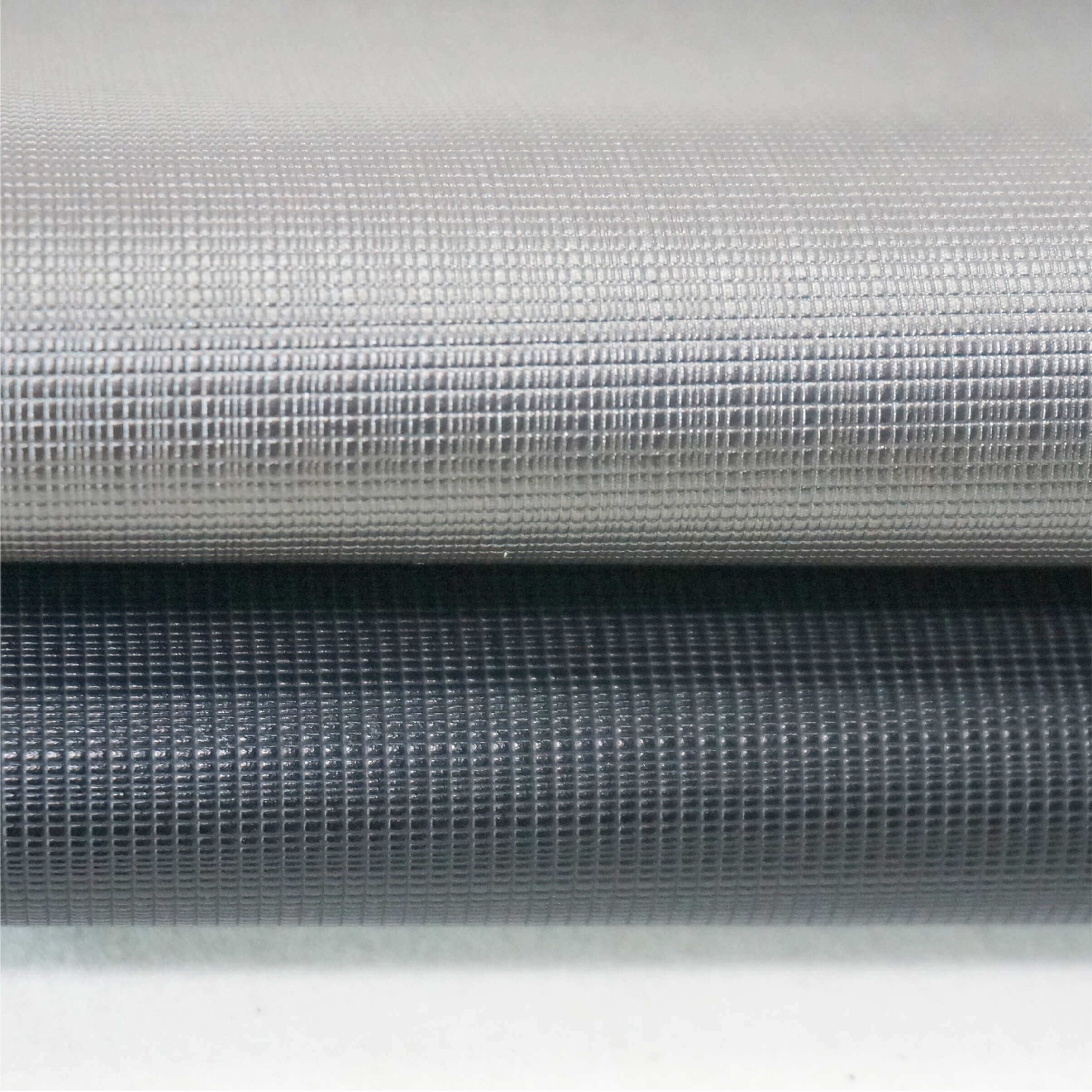Email format error
Email cannot be empty
Email already exists
6-20 characters(letters plus numbers only)
The password is inconsistent
Email format error
Email cannot be empty
Email does not exist
6-20 characters(letters plus numbers only)
The password is inconsistent

News

Artificial Leather Factory: Exploring the Future of Sustainable Materials
Artificial leather, commonly referred to as synthetic leather, has emerged as a significant alternative to traditional leather, meeting the growing demand for sustainable and cruelty-free materials. An artificial leather factory plays a pivotal role in producing this versatile material. In this blog post, we will delve into the operations of an artificial leather factory, its benefits, and the various types of artificial leather, including the popular PVC artificial leather material. Additionally, we will explore the prominence of artificial leather manufacturers in China, which has become a hub for this industry.
Introduction to Artificial Leather
Artificial leather, also known as faux leather, is a material designed to mimic the look and feel of genuine leather. It is typically made from a fabric base coated with a synthetic polymer. This material is used in a variety of applications, including furniture, automotive upholstery, fashion, and accessories. The demand for artificial leather has surged due to its affordability, durability, and ethical advantages over genuine leather.
The Process of Manufacturing Artificial Leather
Raw Material Selection
An artificial leather factory begins its production process with the careful selection of raw materials. The base material can be made from fabrics such as polyester or cotton, while the coating material is usually made from polymers like polyvinyl chloride (PVC) or polyurethane (PU). The choice of raw materials significantly impacts the quality and characteristics of the final product.
Coating and Laminating
The next step involves coating the fabric base with a layer of synthetic polymer. In the case of PVC artificial leather material, a liquid form of PVC is applied to the fabric, which is then heated to solidify the coating. This process creates a durable and flexible surface that closely resembles genuine leather. The coating process can be repeated multiple times to achieve the desired thickness and texture.
Embossing and Texturing
To give artificial leather its characteristic texture and appearance, an embossing process is employed. During embossing, the coated fabric is pressed with engraved rollers or plates that imprint patterns onto the surface. This step is crucial in replicating the natural grain patterns found in genuine leather, making artificial leather visually appealing.
Finishing and Quality Control
Once the coating and embossing processes are complete, the material undergoes finishing treatments to enhance its appearance and performance. This may include adding protective coatings, coloring, and polishing. Quality control measures are implemented at every stage of production to ensure the final product meets industry standards and customer expectations.
Advantages of Artificial Leather
Sustainability and Ethics
One of the primary reasons for the rising popularity of artificial leather is its sustainability. Unlike genuine leather, which involves the use of animal hides, artificial leather is cruelty-free and significantly reduces the environmental impact associated with livestock farming. This makes it an attractive option for environmentally conscious consumers and businesses.
Cost-Effectiveness
Artificial leather is generally more affordable than genuine leather. The cost of production is lower, and the material's durability ensures a longer lifespan, providing better value for money. This cost-effectiveness makes it accessible to a wider range of consumers and industries.
Versatility and Customization
Artificial leather offers a high degree of versatility and customization. It can be produced in various colors, textures, and finishes, allowing manufacturers to cater to diverse customer preferences. This adaptability makes it suitable for a wide array of applications, from fashion to interior design.
Types of Artificial Leather
PVC Artificial Leather Material
PVC artificial leather is one of the most commonly used types of synthetic leather. It is known for its durability, water resistance, and ease of maintenance. PVC leather is widely used in the automotive and furniture industries due to its robust performance and aesthetic appeal.
PU (Polyurethane) Leather
PU leather is another popular type of artificial leather. It is softer and more flexible than PVC leather, making it ideal for fashion applications such as clothing and accessories. PU leather is also considered more environmentally friendly than PVC leather, as it typically involves fewer harmful chemicals in its production.
Microfiber Leather
Microfiber leather is a high-quality type of artificial leather made from fine synthetic fibers. It is renowned for its strength, durability, and luxurious feel. Microfiber leather is often used in premium products, including high-end fashion items and automotive interiors.
Artificial Leather Manufacturers in China
China has become a global leader in the production of artificial leather, with numerous manufacturers specializing in various types of synthetic leather. These manufacturers leverage advanced technologies and economies of scale to produce high-quality artificial leather at competitive prices. The country's robust supply chain and manufacturing infrastructure have positioned it as a key player in the global artificial leather market.
Leading Manufacturers
Several leading manufacturers in China have gained international recognition for their quality products and innovation. These companies invest heavily in research and development to create cutting-edge materials that meet the evolving needs of consumers and industries worldwide.
Export Market
China's artificial leather manufacturers cater to both domestic and international markets. The export market for artificial leather from China is thriving, with products being shipped to countries across Europe, North America, Asia, and beyond. This global reach underscores China's prominence in the artificial leather industry.
Applications of Artificial Leather
Automotive Industry
Artificial leather is extensively used in the automotive industry for car seats, interiors, and upholstery. Its durability, ease of maintenance, and cost-effectiveness make it an ideal choice for automotive manufacturers. Additionally, the ability to customize colors and textures allows for unique and stylish car interiors.
Furniture and Interior Design
In the furniture industry, artificial leather is a popular choice for sofas, chairs, and other upholstered items. Its resistance to stains and wear makes it a practical option for households and commercial spaces. Interior designers also appreciate the material's versatility in creating modern and sophisticated designs.
Fashion and Accessories
The fashion industry embraces artificial leather for a wide range of products, including jackets, handbags, shoes, and belts. PU leather, in particular, is favored for its soft texture and aesthetic appeal. The availability of various finishes and colors enables designers to experiment and create trendy fashion items.
Marine and Aviation
Artificial leather is used in the marine and aviation industries for seating and interior applications. Its resistance to moisture and UV rays makes it suitable for harsh environments. The material's durability ensures it can withstand the rigors of marine and aviation use.
The Future of Artificial Leather
Innovations in Material Science
The future of artificial leather lies in continuous innovation and advancements in material science. Researchers are exploring new polymers and sustainable materials to enhance the performance and environmental friendliness of artificial leather. Biodegradable and bio-based synthetic leathers are emerging as promising alternatives to traditional artificial leather.
Sustainability Initiatives
Sustainability will remain a driving force in the artificial leather industry. Manufacturers are increasingly adopting eco-friendly practices, such as reducing chemical usage and minimizing waste. The development of recycling technologies for synthetic leather is also gaining momentum, contributing to a circular economy.
Market Growth
The global market for artificial leather is expected to grow significantly in the coming years. The increasing demand for sustainable and cruelty-free materials, coupled with advancements in production technologies, will fuel this growth. As consumers become more conscious of their environmental impact, artificial leather is poised to become a mainstream choice in various industries.
Conclusion
An artificial leather factory is at the forefront of producing innovative and sustainable materials that cater to diverse industries. From the selection of raw materials to the finishing touches, the manufacturing process is a testament to the advancements in material science and technology. The benefits of artificial leather, including its sustainability, cost-effectiveness, and versatility, make it a compelling alternative to genuine leather. With China leading the way as a major producer, the future of artificial leather looks promising, driven by continuous innovation and a commitment to sustainability. As the demand for eco-friendly and cruelty-free materials continues to rise, artificial leather will undoubtedly play a crucial role in shaping the future of various industries.

